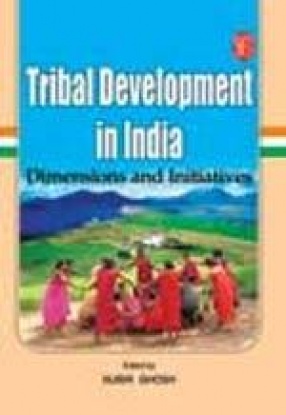Traditionally, the tribal people of India have been outside the purview of mainstream society. The tribal communities comprising 8.6% of the Indian population, are subject to abject poverty and social hardships. They are predominantly rural and living in forest and mountains, with no basic amenities of life with 50% of the population living below the poverty line. All these conditions prevail, despite the fact that the Constitution of India has definite provisions for the uplift and welfare of the tribal people throughout the country. The primitive lifestyle of the tribals, their economic and social backwardness, inefficient system of production and sparse physical infrastructure in the tribal areas make it imperative for a systematic process of development of tribals and the tribal areas. The tribal communities are vulnerable because they are poor and semi-literate as compared to the general population; often their distinct vulnerability arises from their inability to negotiate, and sometimes a consequence of their forced integration with mainstream society. Hence, their development is of utmost importance, both in terms of social and economic aspect. Against this background, this book illustrates various aspects of tribal development in India, and identifies different steps taken by the Indian Government, NGOs and other social organizations towards development of tribals.
Tribal Development in India: Dimensions and Initiatives
In stock
Free & Quick Delivery Worldwide
Bibliographic information
Title
Tribal Development in India: Dimensions and Initiatives
Author
Edition
1st ed.
Publisher
ISBN
9788131416204
Length
212p.
Subjects








There are no reviews yet.